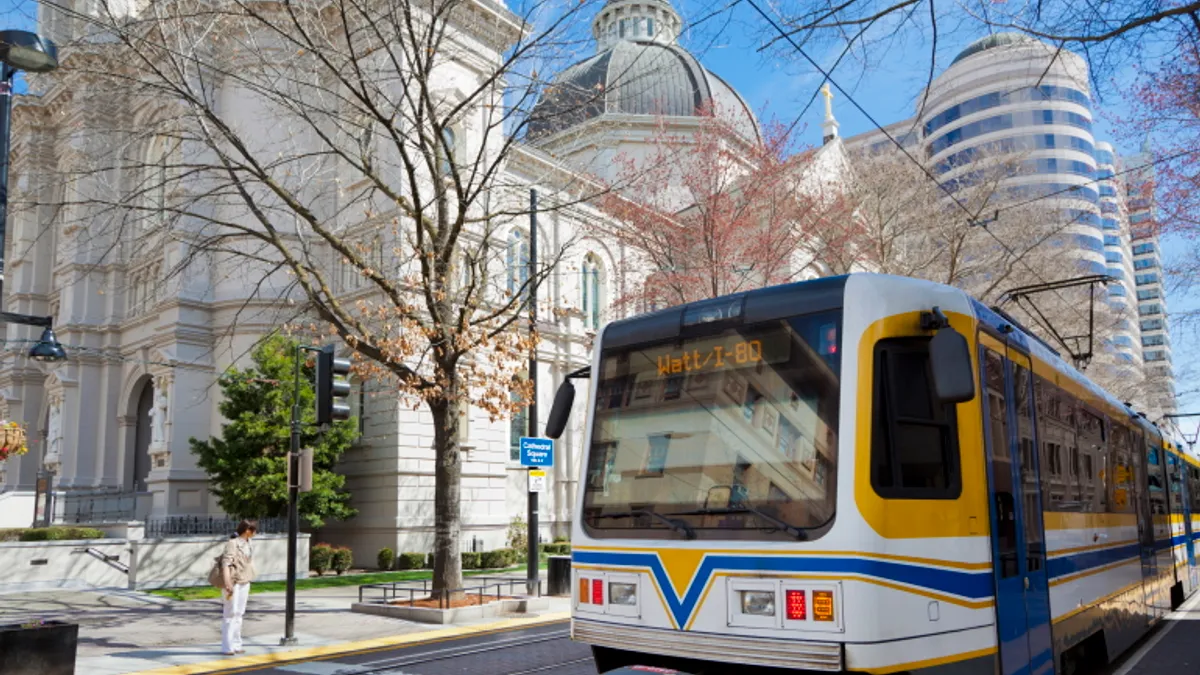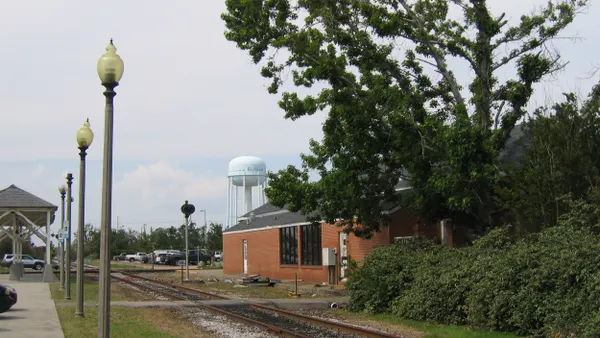Public transit systems around the world saw a strong dip in ridership with the onset of COVID-19. However, in a recent survey examining consumer sentiment around returning to transit, 84% of respondents expect to return to their pre-pandemic levels of public transit use once they begin to ride again.
Commissioned across nine countries on four continents, Visa’s “Future of Urban Mobility” survey sought to better understand how instituting contactless payments, among other practices, would help riders return safely to public transit. Other than a general concern with COVID-19, the desire to reduce physical contact with common surfaces was clear, with 88% of respondents saying they expected their public transit systems to offer contactless payment and ticketing in the future.
“Public transit operators have recognized that contactless payments are an important part of bringing riders back,” said Jason Blackhurst, Visa’s senior vice president of global seller products, who helps advise the company’s transit partners on the benefits of implementing contactless payments. “While timelines vary based on the infrastructure and scope of each city and transport system, we’re seeing tap-to-pay projects that may have previously taken several years accelerate to completion in just six months.”
Two Steps Forward
In Porto, Portugal, Visa helped Andante launch the country’s first demonstration of contactless fares on key bus and metro lines including the Airport Metro do Porto line and STCP bus line 500. The project uses Cybersource, a Visa solution, and allows riders to tap a reader with any contactless credit, debit, prepaid card or payment-enabled device to purchase fares. It also eliminates the need for standing in line at ticket kiosks and using touch screens altogether.
Similarly, the Sacramento Regional Transit District (SacRT) recently became the first agency in California to offer contactless payments onboard light-rail trains. The new payment option is part of the California Integrated Travel Project (Cal-ITP), a statewide initiative to improve and simplify transit across the entire state.
Also through Cal-ITP, Visa, Cybersource, and other Visa Ready for Transit partners, have supported Monterey-Salinas Transit’s (MST) initiative to offer passengers the ability to tap to ride. An additional benefit for MST riders comes from a new partnership with Cash App and Visa, to offer a Cash Card for passengers who are interested in a contactless payment option. The Cash Card, which is currently free, is a customizable and contactless-enabled Visa debit card offered through Cash App that has a rewards program called Boost, which offers instant discounts at select retailers. There is currently a Boost for $1 off each ride on MST. Local users can also deposit paper money at participating retail locations into Cash App to use on their Cash Card, providing another option to load funds whenever needed.
A Better Solution
Open loop payments, or the ability for a passenger to pay for their ride with an existing contactless card or device, can be an important piece in accelerating the future of urban mobility.
For transit operators, open loop payments can provide opportunities for capital maintenance efficiencies and potentially reduce some expenses associated with stand-alone ticketing systems. For riders, open loop payments cut down the need to stand in line to purchase a special card or download a new app for every city they visit. Riders can simply use a payment card or contactless device such as a phone already in their possession.
The International Association of Public Transport (UITP) announced the new Urban Mobility Open Payments Forum, with Visa as the lead partner. The Forum aims to advance adoption of open loop payment systems in public transport across the globe and help cities create efficient, inclusive and sustainable door-to-door travel experiences. With the launch of the forum, UITP and Visa are working to accelerate worldwide accessibility to more seamless, contactless ways to pay on transportation systems, and better meet the needs of transit operators and passengers everywhere.
Seven in 10 respondents to the “Future of Urban Mobility” survey said public transit was still their primary form of transportation or one they regularly used. To keep pace with evolving consumer expectations, and as cities and communities navigate the new normal at different paces, contactless payments continue to be a way to allow passengers to travel more safely and with ease, providing peace of mind during a challenging time for many.










